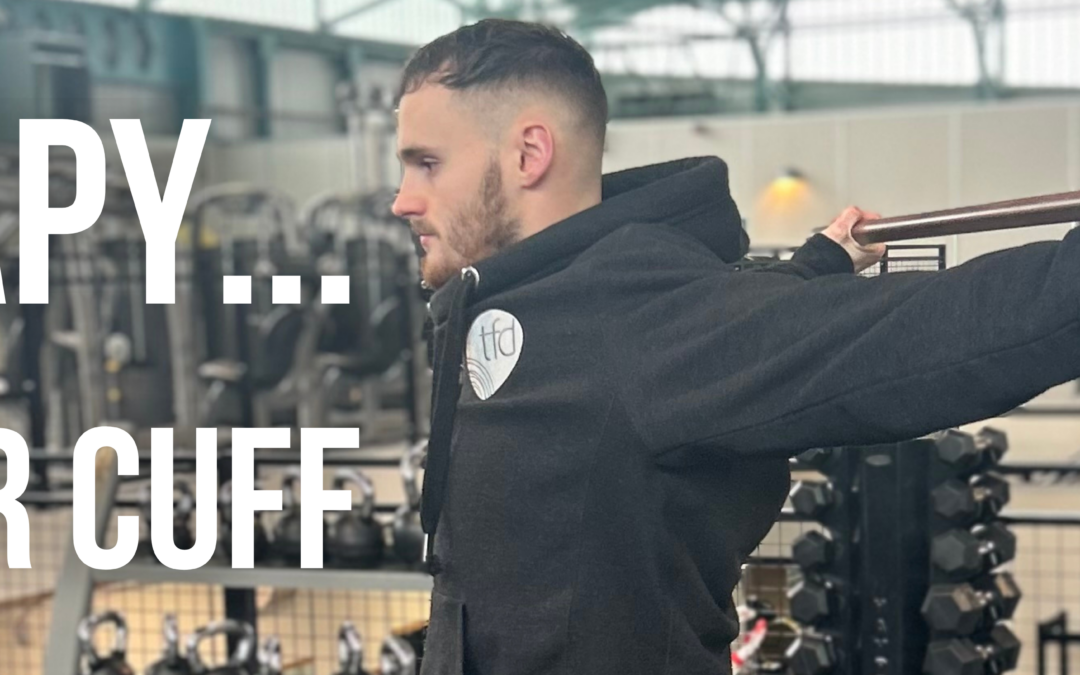The Rotator Cuff: The Shoulders Best Friend
Introduction:
The shoulder joint is highly complex. However, this complexity means it is the most mobile joint in the body and can perform a host of movements such as flexion/extension, abduction/adduction, internal/external rotation, and circumduction.
The shoulder joint’s large range of motion means it sacrifices a large amount of strength and stability. Have a think about other joints in the body, the knee joint can perform less movements than the shoulder joint but is able to deal with larger amounts of force. Luckily, the shoulder joint has a bundle of muscles and tendons that support the shoulder joint, called the rotator cuff.
Anatomy of the rotator cuff:
The rotator cuff is not a single muscle, but a group of four muscles that work synergistically to stabilise and move the shoulder joint. These muscles are the supraspinatus, infraspinatus, teres minor and subscapularis. Nestled around the shoulder blade and connected to the humerus (upper arm), these muscles form a “cuff” like structure, hence the name. The tendons of the rotator cuff muscles blend with the joint capsule and form a “collar” that surrounds the front, back and top of the glenohumeral joint (shoulder joint). Balanced strength and flexibility of each of the four muscles is vital to maintain functioning of the entire shoulder joint.
Role of the rotator cuff:
Stabilisation
The primary and most important function of the rotator cuff is to stabilise the shoulder joint. Remember, it is one of the most mobile joints in the body, so the shoulder relies heavily on the rotator cuff muscles to support it through motion.
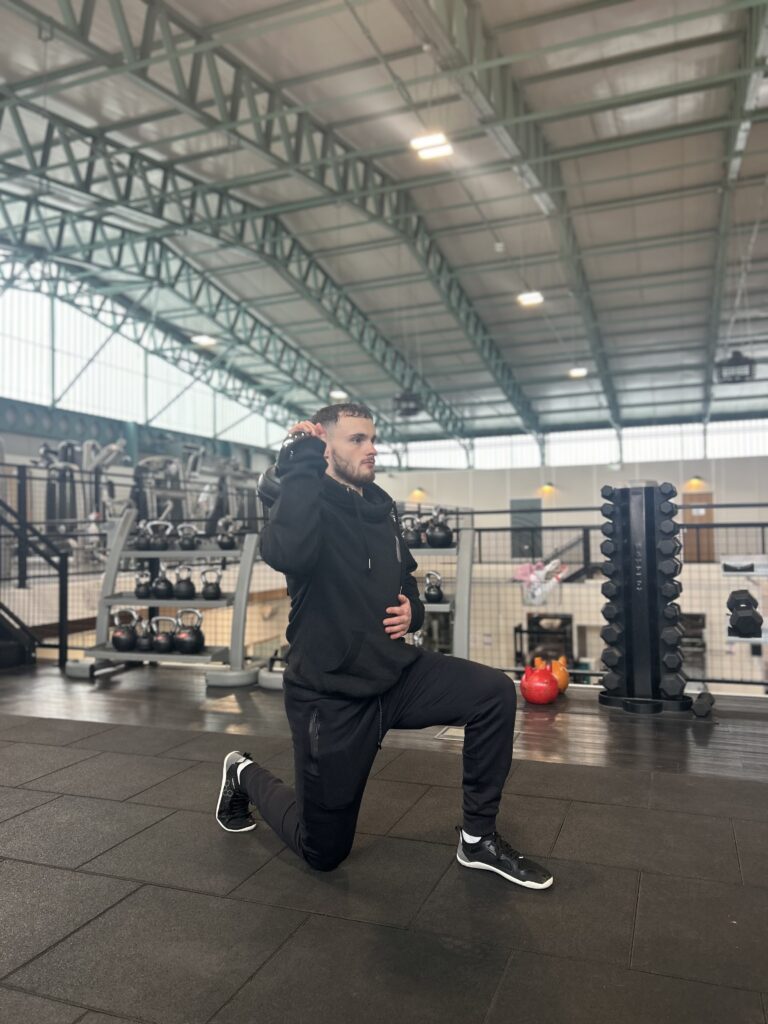
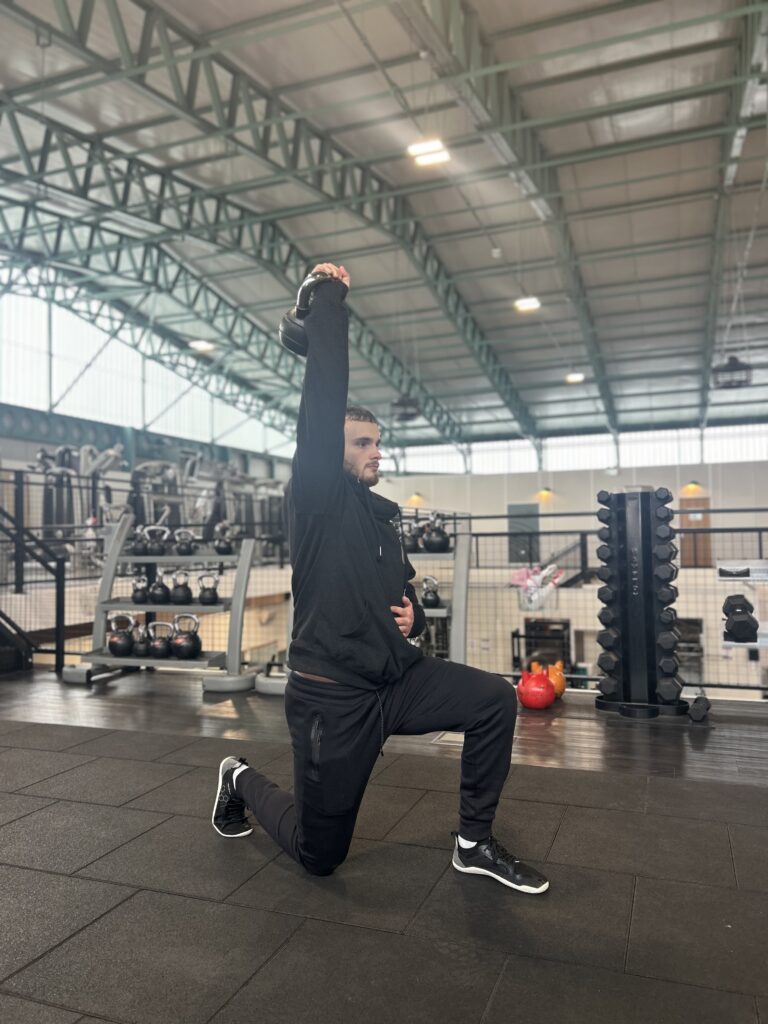
Range of motion
While stability is paramount, the rotator cuff also contributes to the shoulders large range of motion. It facilitates smooth and controlled movements, allowing us to perform daily activities and engage in physical exercise.
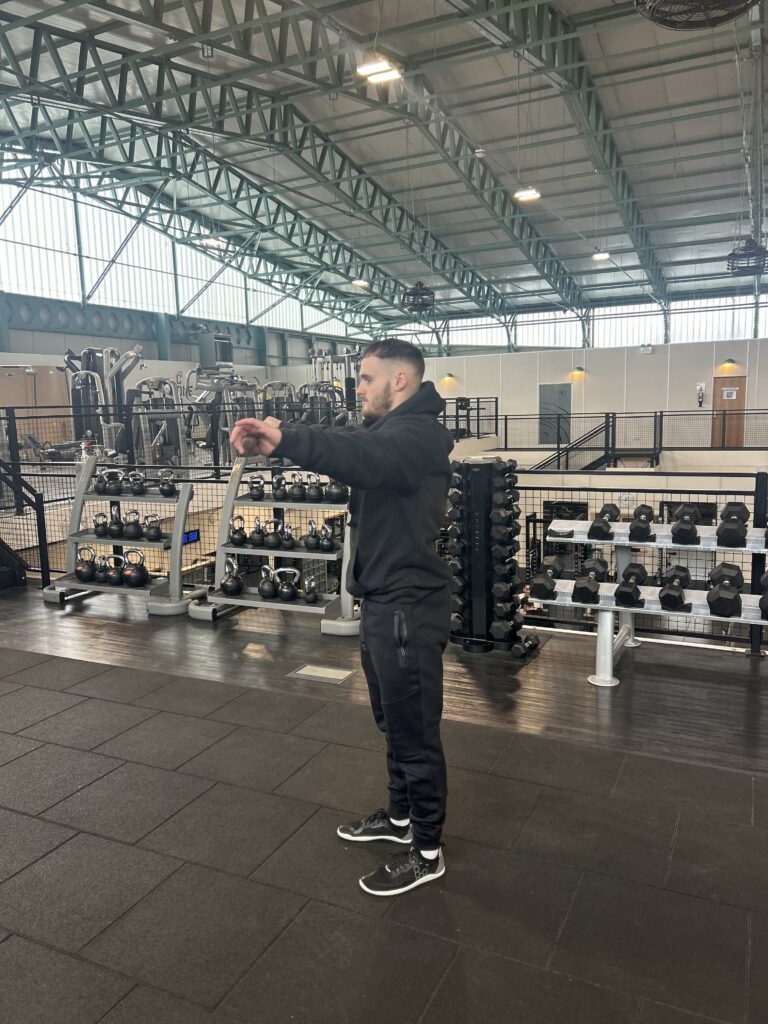
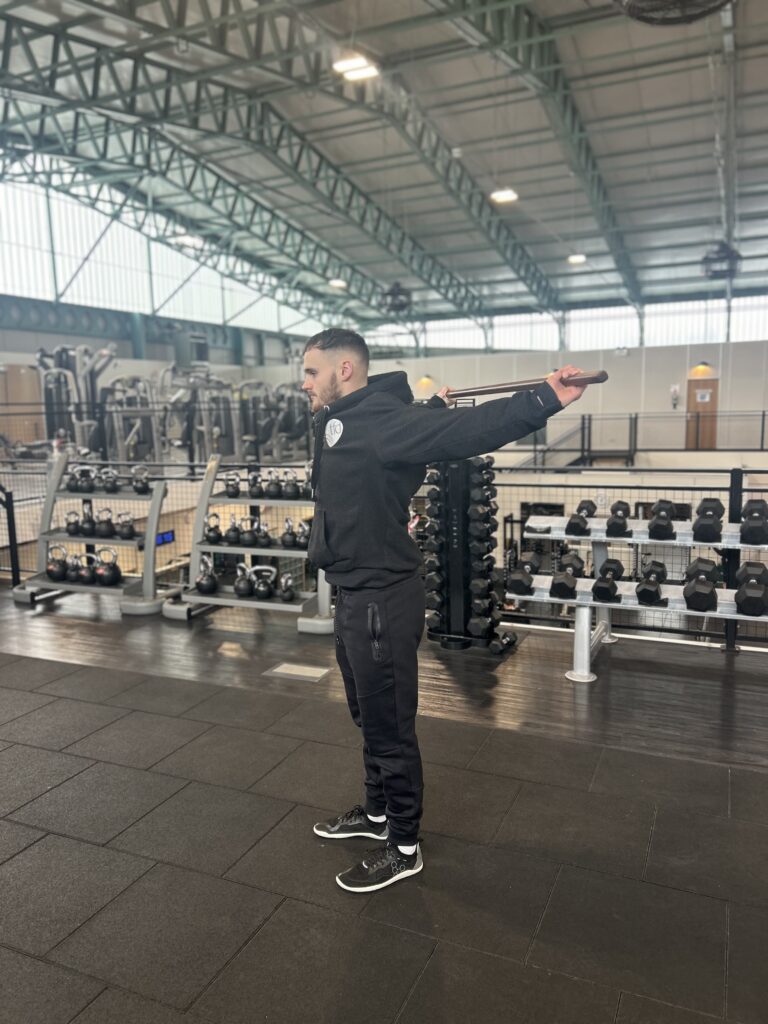
Initiation of movement
The rotator cuff muscles initiate and guide specific movements of the shoulder joint. For example, it is the supraspinatus that initiates lifting the arm sideways in a lateral raise (below). After this, the medial deltoid will take over.
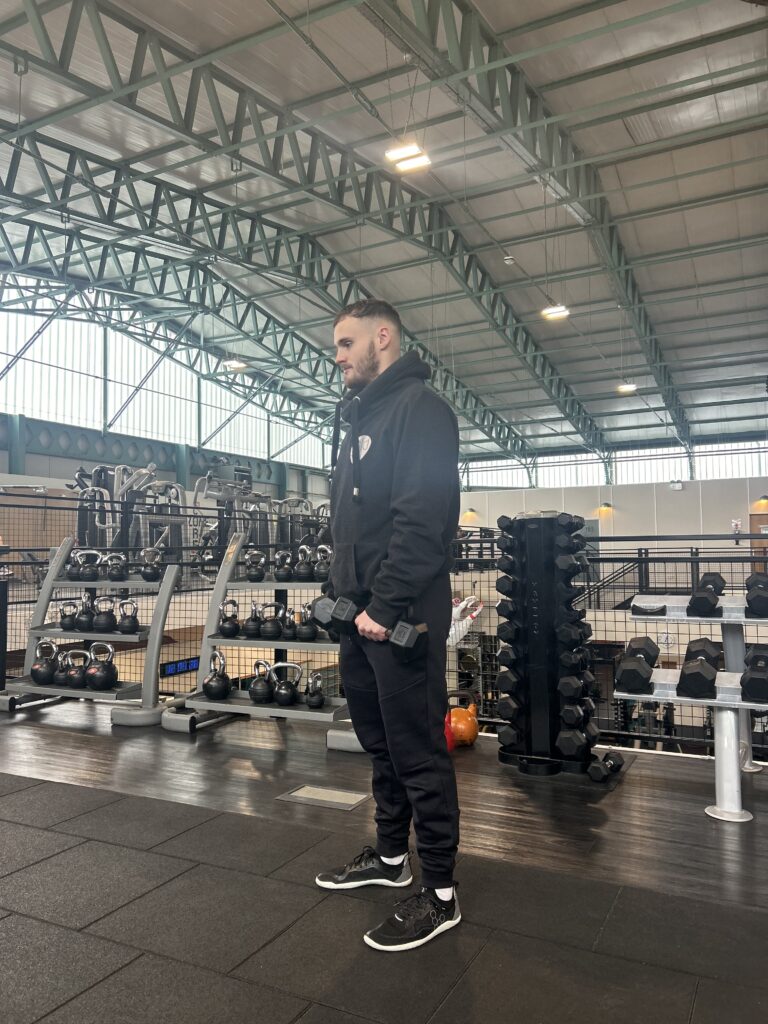
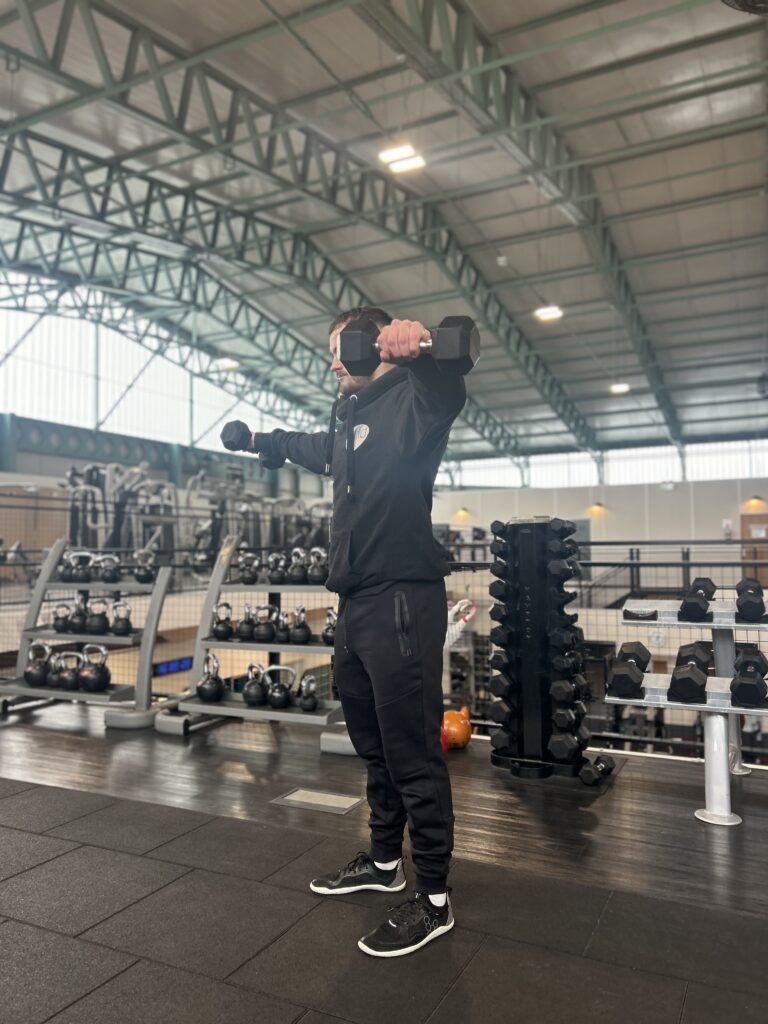
Problems associated with weak/unstable/damaged rotator cuffs:
- Decreased shoulder stability – a weak rotator cuff compromises the stability of the shoulder joint.
- Increased risk of injuries – sprains, strains and dislocations can occur as the rotator cuff is not able to control the fine movements of the shoulder.
- Limited shoulder range of motion – rotator cuff muscles actively contribute to the shoulders range of motion. When they are weak or injured, they cannot contribute.
- Shoulder impingement – where the tendons of the rotator cuff get pinched between the bones of the shoulder.
- Increased risk of rotator cuff tears – chronic weakness can eventually lead to tears in the tendons of the rotator cuff.
- Compromised posture – weakness in the rotator cuff muscles contributes to poor posture creating additional stress in other parts of the shoulder.
If you are struggling with rotator cuff/shoulder problems and it’s affecting your daily life, speak to the tfd therapy team and they will be able to identify the root cause of the issue and prescribe specific exercises/therapy to help you.

